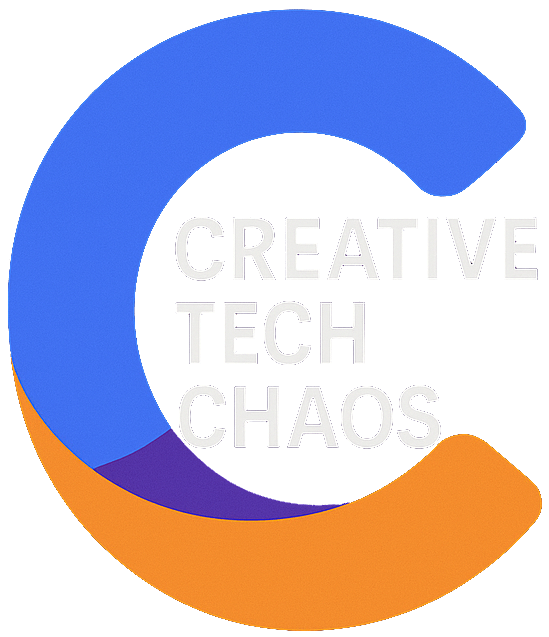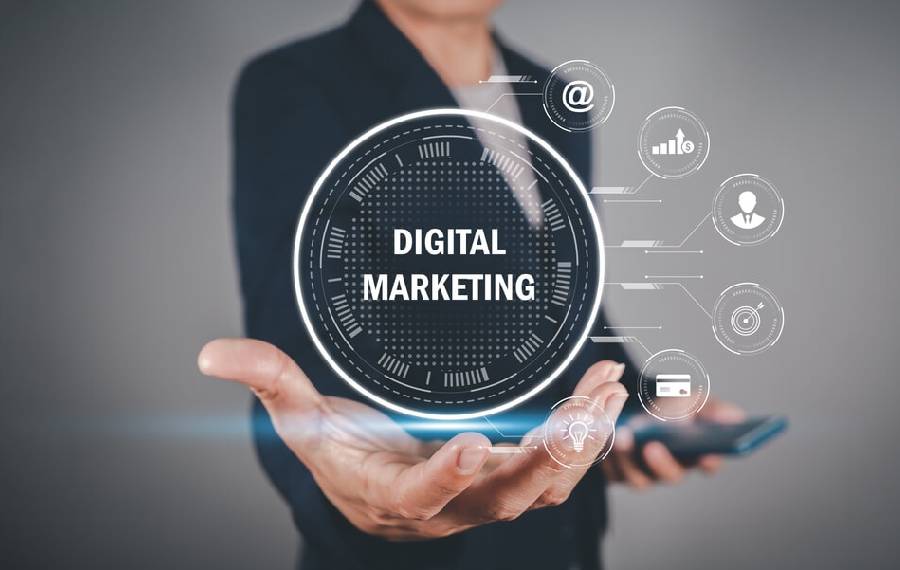Digital Marketing Basics for Growing Businesses
In a world where customers spend more time online than ever before, digital marketing has become essential — not just for big companies, but for startups, small businesses, and solo entrepreneurs too. If you’re serious about growing your business in 2025 and beyond, understanding digital marketing basics will help you reach the right people, with the right message, at the right time.
This guide covers everything you need to know to get started with digital marketing — no jargon, no fluff.
What Is Digital Marketing?
Digital marketing is the process of promoting your products or services through online channels such as websites, search engines, social media platforms, email, and mobile apps.
Unlike traditional marketing (like billboards or flyers), digital marketing allows you to target specific audiences, track results in real time, and make data-driven decisions.
Why Digital Marketing Is Important
Whether you’re a bakery, a web agency, or a freelance designer, your audience is online. Here’s why digital marketing is no longer optional:
Competitive Edge: If your competitors are active online and you’re not, you risk losing visibility and relevance.
Broader Reach: Connect with potential customers locally or globally.
Cost-Effective: Spend less than traditional ads while reaching more targeted people.
Measurable Results: Know exactly how many people viewed, clicked, or bought through your campaigns.
Better Engagement: Two-way communication via social media and email helps build lasting relationships.
Main Types of Digital Marketing
To make the most of digital marketing, it helps to understand its main components. Each one can contribute to your growth — and works best when combined with others in a smart strategy.
1. Search Engine Optimization (SEO)
SEO is the process of improving your website so it ranks higher on Google. When people search for something like “best ecommerce development company,” SEO helps your website appear in the results.
It includes:
- Using keywords in your content
- Optimizing site speed and mobile usability
- Writing quality blogs
- Getting backlinks from other sites
Why it matters: It drives free, long-term traffic to your site.
2. Social Media Marketing
Platforms like Facebook, Instagram, LinkedIn, and Twitter let you build a community, run ads, and interact directly with your audience.
It includes:
- Creating posts that inform, entertain, or promote
- Running paid campaigns
- Responding to messages and comments
Why it matters: Builds brand loyalty and awareness where people already spend time.
3. Email Marketing
Email is one of the most cost-effective channels for engaging existing customers. You can send newsletters, promotions, product updates, and personalized offers.
It includes:
- Growing a subscriber list (via forms or lead magnets)
- Designing mobile-friendly email templates
- Segmenting your audience based on behavior
Why it matters: Email marketing has one of the highest returns on investment (ROI) in digital marketing.
4. Content Marketing
This involves creating valuable content — such as blogs, videos, infographics, or guides — to attract and educate your target audience.
It includes:
- Blogging consistently on relevant topics
- Creating helpful how-to videos
- Sharing case studies or success stories
Why it matters: Establishes your business as an expert in the industry and helps with SEO.
5. Paid Advertising (PPC)
With Pay-Per-Click advertising (like Google Ads or Facebook Ads), you can promote your products and services to targeted users. You only pay when someone clicks.
It includes:
- Keyword research
- Ad copywriting
- A/B testing
- Conversion tracking
Why it matters: Provides instant visibility and helps generate leads quickly.
How to Get Started with Digital Marketing
Here’s a beginner-friendly roadmap to launch your digital marketing efforts:
- Set Clear Goals
Do you want more website traffic, brand awareness, leads, or sales? Your goal shapes your strategy. - Know Your Audience
Identify your ideal customer. What are their problems, interests, and behaviors? The more you understand them, the better you can communicate. - Build a Strong Website
Your website is the foundation. Make sure it’s mobile-friendly, fast, easy to navigate, and has clear calls to action (CTAs). - Choose Your Channels
You don’t have to be everywhere. Pick 2–3 platforms where your audience is active and do them well. - Create a Content Plan
Map out what you’ll post, when, and where. Consistency is key. Tools like Canva, Buffer, or Notion can help you organize. - Track Your Performance
Use tools like Google Analytics, Facebook Insights, or Mailchimp reports to see what’s working — and what’s not.
Common Mistakes to Avoid
Even with the best intentions, beginners often make these mistakes:
- Trying to do everything at once
Start small and scale slowly. Focus on one or two platforms first. - Ignoring mobile users
More than half of web traffic comes from phones. Make sure your site and emails look great on mobile. - Skipping the strategy
Posting without a plan won’t get results. Always tie your content to a business goal. - Not testing or analyzing
Always review your metrics. Improve what’s working and drop what isn’t.
Conclusion
Digital marketing isn’t about having the biggest budget — it’s about being smart, consistent, and customer-focused. Whether you’re just starting out or trying to scale, digital marketing gives you the tools to grow your business, connect with your audience, and stand out in a crowded market.
With the right mix of content, ads, SEO, and email — backed by clear goals and smart tracking — your business can thrive online. Start small, stay consistent, and always keep learning. Digital success is a journey, and the best time to begin is now.

